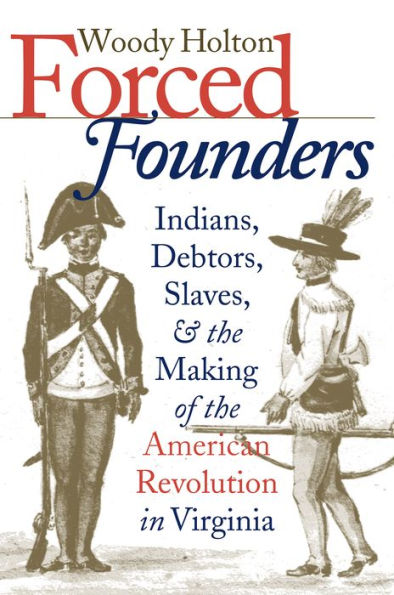5
1
9780807847848



Forced Founders: Indians, Debtors, Slaves, and the Making of the American Revolution in Virginia / Edition 1 available in Paperback, eBook

Forced Founders: Indians, Debtors, Slaves, and the Making of the American Revolution in Virginia / Edition 1
- ISBN-10:
- 0807847844
- ISBN-13:
- 9780807847848
- Pub. Date:
- 09/01/1999
- Publisher:
- Omohundro Institute and UNC Press
- ISBN-10:
- 0807847844
- ISBN-13:
- 9780807847848
- Pub. Date:
- 09/01/1999
- Publisher:
- Omohundro Institute and UNC Press

Forced Founders: Indians, Debtors, Slaves, and the Making of the American Revolution in Virginia / Edition 1
$37.5
37.5
In Stock

Product Details
| ISBN-13: | 9780807847848 |
|---|---|
| Publisher: | Omohundro Institute and UNC Press |
| Publication date: | 09/01/1999 |
| Series: | Published by the Omohundro Institute of Early American History and Culture and the University of North Carolina Press |
| Edition description: | 1 |
| Pages: | 256 |
| Sales rank: | 376,540 |
| Product dimensions: | 6.12(w) x 9.25(h) x 1.00(d) |
About the Author
What People are Saying About This
From the B&N Reads Blog

